There’s something truly special about stepping into your herbal tea garden at the end of a long day, surrounded by the soothing scents of fresh herbs. As the sun sets and the air cools, you gently pick a few sprigs of chamomile, lemon balm, or catmint-nature’s own remedy for relaxation. Brewing a cup of homegrown tea is more than just a nightly ritual. it’s a simple, comforting way to unwind and reconnect with the rhythm of the seasons. Whether you’re looking to ease stress, sleep better, or just enjoy a moment of peace, growing your own herbal tea garden makes it effortless to sip your way to serenity.
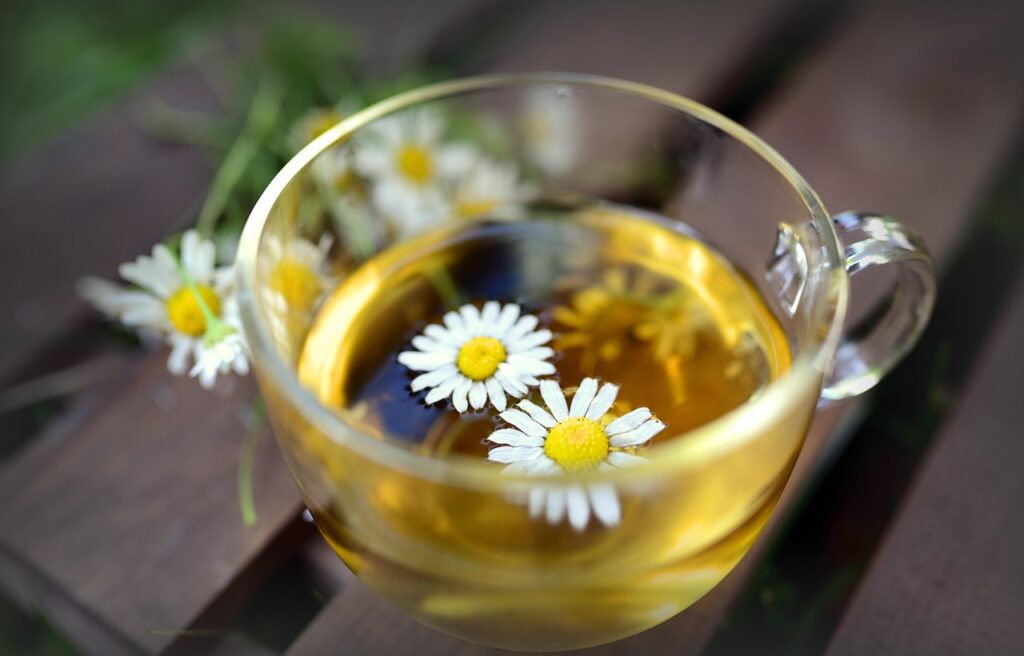
The best part? You don’t need a green thumb to get started. The four herbs below are some of the easiest to grow. They thrive in a variety of conditions and can be harvested throughout the season. You can enjoy them fresh or dried, making it easy to have a stash of homegrown tea all year long.
Chamomile: The Classic Calming Herb
Chamomile is the ultimate bedtime tea herb, known for its gentle floral flavor and calming effects. This hardy, low-maintenance plant thrives in full sun and well-drained soil. It’s a perfect addition to any herbal tea garden. The delicate, daisy-like flowers are what you’ll use for tea. They can be harvested fresh or dried for later use. A warm cup of chamomile tea can help ease stress, promote better sleep, and even aid digestion.
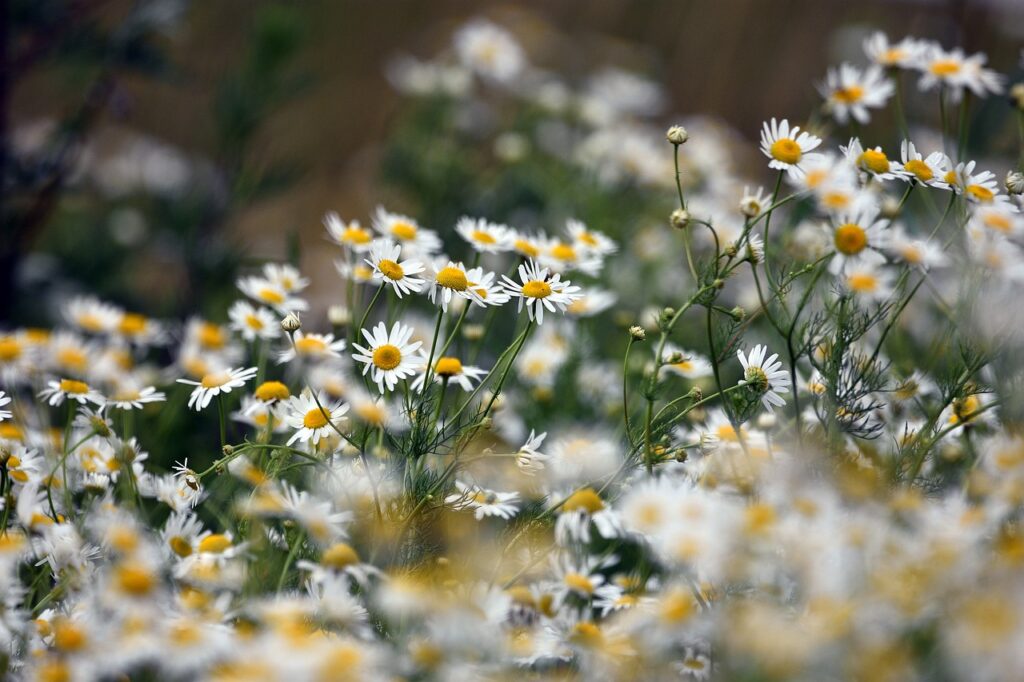
Lemon Balm: Bright, Citrusy and Soothing
Lemon balm is a member of the mint family. Instead of a strong menthol flavor, it has a light, lemony scent that instantly lifts the spirits. This herb grows quickly and abundantly, making it an easy choice for beginner gardeners. You can use the fresh leaves for a mild, refreshing tea or dry them to preserve their flavor. Lemon balm tea is perfect for easing anxiety, promoting relaxation, and even improving sleep quality.
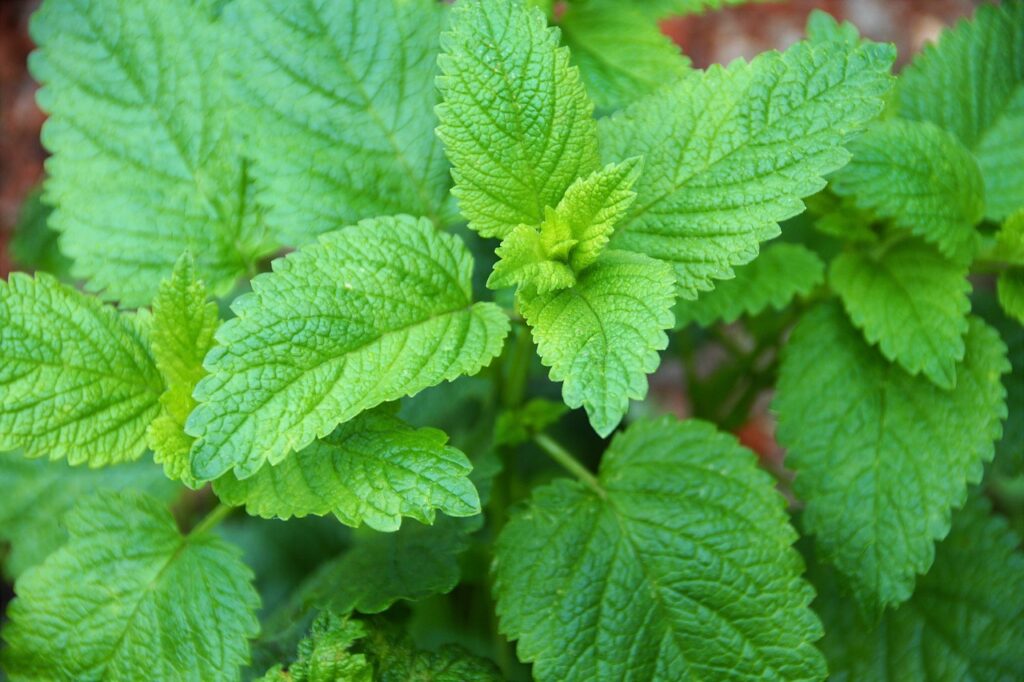
Tulsi (Holy Basil): The Stress-Relief Powerhouse
Tulsi is also known as holy basil. It has been used for centuries in Ayurvedic medicine to support the body’s response to stress. It has a slightly spicy, clove-like flavor with a hint of sweetness. Tulsi is incredibly resilient and grows well in warm climates or pots on a sunny windowsill. Fresh or dried, its leaves make a tea that helps with mental clarity, stress relief, and overall well-being.
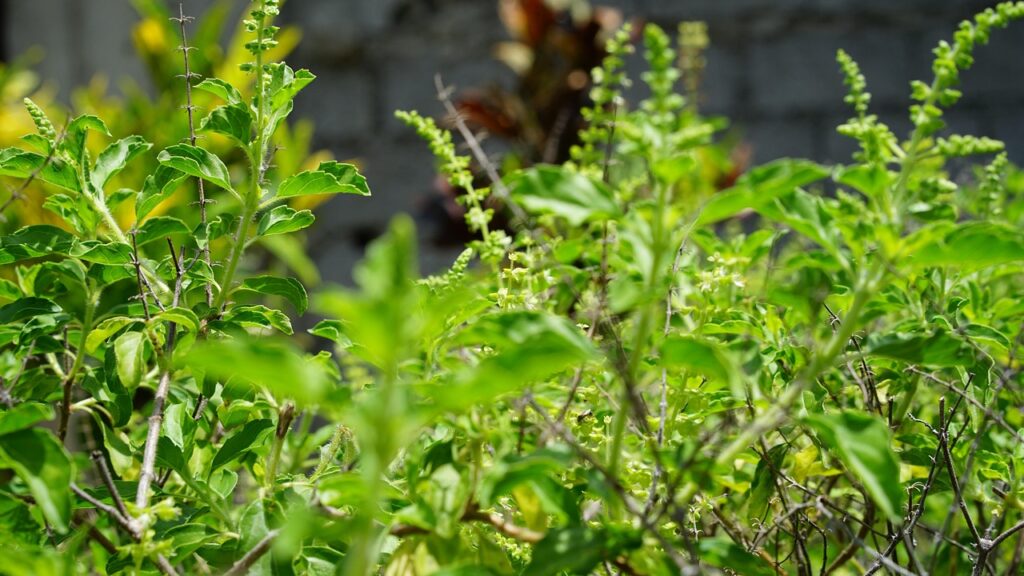
Catmint: A Mild, Minty Tea with Calming Effects
Often mistaken for its relative, catnip, catmint is a milder, more fragrant herb that makes a lovely relaxing tea. Its soft, lavender-blue flowers attract pollinators, adding beauty and biodiversity to your garden. The leaves and flowers are used fresh or dried to create a tea. Catmint helps with relaxation, digestion, and even mild headaches.
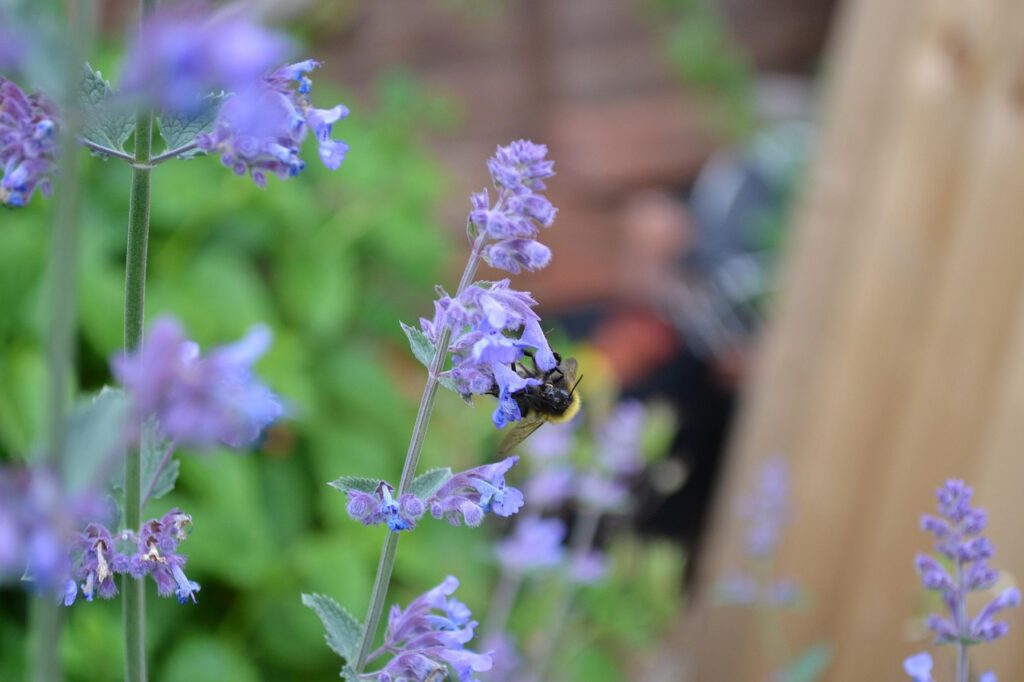
How to Brew Your Homegrown Herbal Tea
Making your own tea is as simple as picking a few leaves or flowers, rinsing them gently, and steeping them in hot water for 5-10 minutes. Use fresh herbs for a lighter, more delicate taste, or dry them for a more concentrated flavor. Mix and match herbs to create your perfect blend. Try chamomile and lemon balm for a calming bedtime tea, or tulsi and catmint for a stress-relieving afternoon pick-me-up.
Start Your Own Herbal Tea Garden
With just a few easy-to-grow herbs, you can create a herbal tea garden that provides fresh, homegrown relaxation all season long. Whether you have a backyard garden or just a few pots on a sunny windowsill, these herbs will reward you with fragrant, flavorful leaves and flowers that can be made into the perfect cup of tea.
